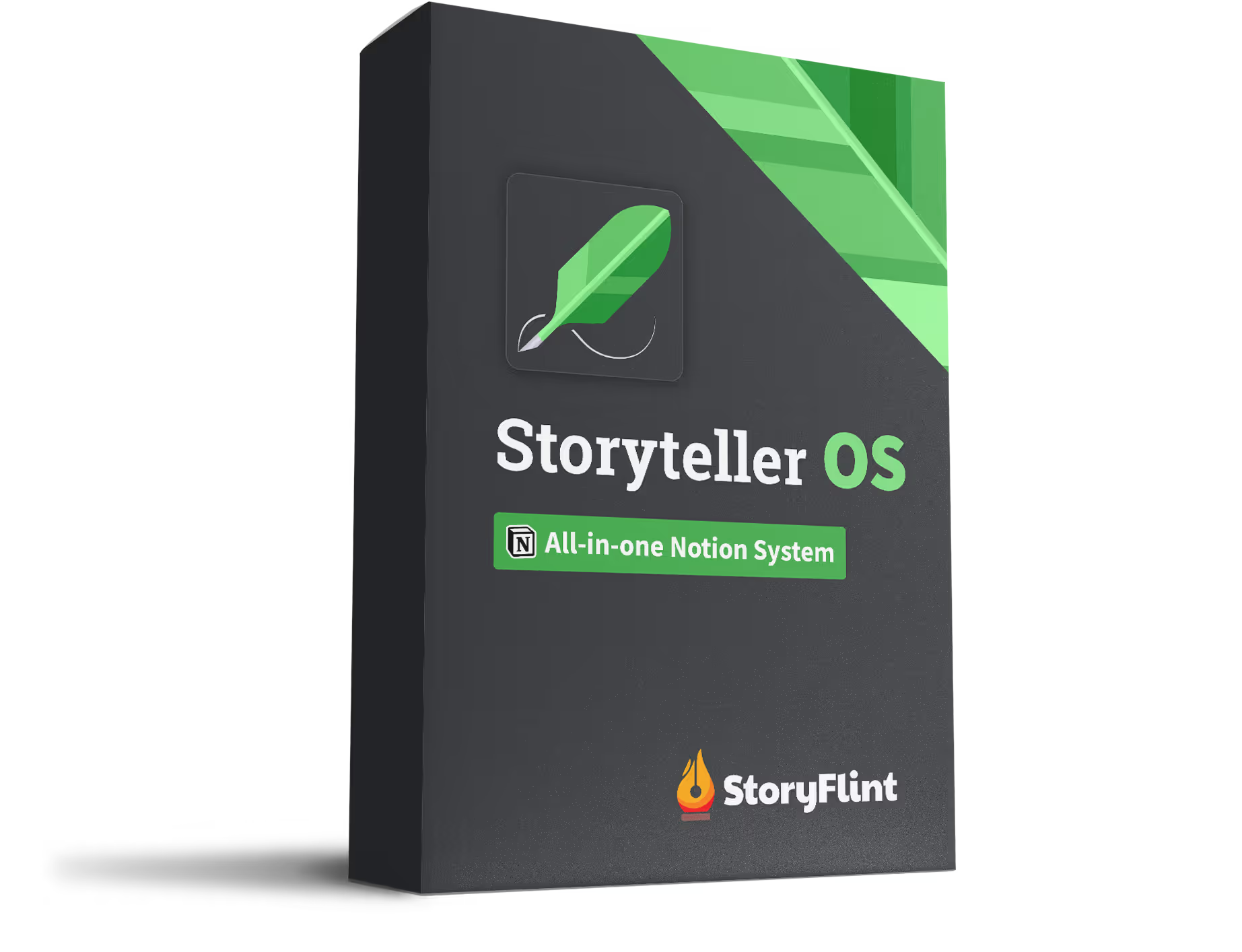Third person omniscient is the POV that sounds like a cheat code.
You can see everything. Know everything. Show everything. No limits.
But the minute you try to use it? It turns into a juggling act with flaming swords.
Done wrong, it’s confusing and distant. But done right, it’s like watching a master conductor bring an entire symphony to life.
If you’ve ever thought, "I want to write like Tolkien or Pratchett," this is the POV you’re probably chasing. Here’s how to wield it with precision.
TL;DR
- Third person omniscient gives you full access to your story world and characters
- It’s powerful but prone to confusion if you switch heads too fast
- You’ll need a consistent narrator voice that anchors the audience
- When used strategically, it creates rich, multilayered storytelling
What Is Third Person Omniscient?
Third person omniscient is a narrative point of view where the narrator isn’t a character but an all-knowing guide.
This narrator can:
- Move between characters’ thoughts
- Show events happening in different places at once
- Step outside the action to offer commentary or theme
Unlike third person limited (which sticks to one character’s perspective at a time), omniscient can zoom out to the big picture or zoom in to show internal thoughts from anyone.
It’s like Google Earth with brain-reading mode.
🧠 Why Use Third Person Omniscient?
Because sometimes your story needs a broader lens.
Big Ensemble Stories
If you’re juggling many characters (like in Dune, Les Mis, or Little Women), omniscient lets you show all their perspectives without breaking the rules.
Thematic Commentary
Want to step back and drop a line about fate, society, or human nature? Your narrator can do that. (See The Book Thief or Lord of the Flies.)
Complex Plot Structures
Omniscient helps when plot points are happening simultaneously in different places, or when dramatic irony (audience knows something a character doesn’t) would help build tension.
⚠️ The Biggest Danger: Head-Hopping
Just because you can jump between minds doesn’t mean you should do it every paragraph.
When you switch character perspectives without warning, it disorients your audience. That’s called head-hopping.
Here’s how to avoid it:
- Stick with one POV per scene (or at least per paragraph)
- Use clear transitions when changing focus
- Signal shifts with line breaks, chapter changes, or strong narrative voice
Bad head-hopping example:
“She didn’t know if she could trust him. Meanwhile, he wondered if she’d ever forgive him for what he’d done.”
This can feel like mental whiplash unless the narrator’s voice clearly anchors the shift.
🎤 Build a Consistent Narrative Voice
Your omniscient narrator is a character too.
They don’t just report. They have a tone, a style, a personality. Maybe they’re witty, wise, biting, or warm. The key is consistency.
If you’re writing something epic, a formal tone might make sense. If your story’s playful (Hitchhiker’s Guide), the narrator can be cheeky and meta.
Whatever tone you choose, keep it steady. This voice will guide your audience through every mind and scene.
[Image prompt: A floating narrator wearing sunglasses and holding a microphone like a sports commentator hovering above a fantasy battlefield. Caption: Your narrator needs personality, not invisibility.]
🔍 How to Use Omniscient Thought Access
You don’t need to show every character’s thoughts in every scene.
In fact, restraint makes it more powerful.
Reveal thoughts when it adds tension, irony, or depth. Show one character thinking one thing while another misunderstands them. That’s where this POV shines.
Use internal access to:
- Reveal contrasting motivations
- Show misunderstandings in real time
- Create dramatic irony
Don’t use it to summarize every character’s feelings like a roll call.
✨ Narrator as Worldbuilder
The omniscient narrator is the best POV for worldbuilding with commentary.
You can explain social systems, historical context, or even sprinkle in humor without it feeling unnatural.
Tolkien does this throughout The Lord of the Rings, where the narrator casually refers to legends, unseen corners of the map, or what the trees are up to.
If you love this kind of richness, the omniscient POV is your playground.
Need help keeping your world, timeline, and ensemble cast organized? Use a World Building Bible. It’s built for omniscient stories.
📚 Famous Examples That Do It Right
Dune by Frank Herbert
Herbert hops into many characters’ minds (Paul, Jessica, the Baron, etc.)—but he keeps chapters focused and uses a consistent mythic narrator voice.
The Book Thief by Markus Zusak
Death narrates the whole thing. You get a distinct voice, commentary on war, and deep emotional insight—sometimes into multiple characters in the same scene.
The Hobbit by J.R.R. Tolkien
Tolkien mixes world lore, character thoughts, and charming asides. The narrator feels like a cozy storyteller sitting by the fire.
These stories show that omniscient works best when you treat the narrator like a host—not a background hum.
🔧 Tools to Use This POV Well
- Plan your narrator voice in advance (tone, vocabulary, level of insight)
- Decide when to dip into character thoughts and when to stay external
- Use line breaks or clear shifts to transition between minds
- Anchor your audience with consistent narrative presence
- Don’t forget: restraint makes this POV feel intentional
If you’re struggling to track all your characters’ inner lives and story threads, the Character template inside the Storyteller OS can help you visualize and plan it all.
🎬 Final Tip: Think Like a Director
Omniscient narration is like directing a film with access to every character’s camera.
Your job is to choose when to cut, when to zoom in, when to hold the wide shot, and when to break the fourth wall.
Used well, this perspective lets you tell sweeping, multi-layered stories with emotional punch and thematic depth.
So don’t be afraid to try it.Just don’t forget who’s holding the mic.




